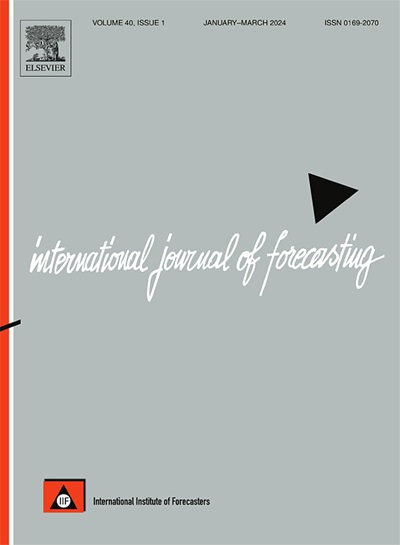用机器学习预测澳大利亚联邦选举席位
IF 7.1
2区 经济学
Q1 ECONOMICS
引用次数: 0
摘要
我在澳大利亚的背景下首次应用机器学习(ML)扩展了关于选举预测的国际文献。我将这些模型应用于2010年至2022年的五次选举,并将它们与澳大利亚的主流预测工具——麦克拉斯钟摆(Mackerras pendulum)——进行比较。我评估了这些模型在预测每个选举席位的获胜政党和估计每个政党赢得的席位总数方面的准确性。钟摆预测采用额外树模型进行修正,该模型结合了州效应、席位水平失业率和投票份额历史,在每次选举前6到3个月准确预测了最多15个额外席位。传统的钟摆越来越受到民意调查错误和更大的交叉席位的影响。新的建模技术只有通过实验才能出现。这项研究证明了基于机器学习的选举预测在澳大利亚的潜力,并为进一步努力超越钟摆提供了一个起点。本文章由计算机程序翻译,如有差异,请以英文原文为准。
Predicting Australian federal electoral seats with machine learning
I expand the international literature on election forecasting with the first application of machine learning (ML) in the Australian context. I apply these models to five elections from 2010 to 2022 and compare them with the dominant forecasting tool in Australia, the Mackerras pendulum. I evaluate these models’ accuracy in predicting the winning party for each electoral seat and estimating the total number of seats won by each party. Pendulum forecasts corrected with an extra trees model that incorporates state effects, seat-level unemployment rate, and vote share history predict up to 15 additional seats correctly six to three months before each election. The traditional pendulum is increasingly strained by polling errors and a larger crossbench. New modeling techniques will only emerge through experimentation. This study demonstrates the potential for ML-based election forecasting in Australia and provides a starting point for further efforts to surpass the pendulum.
求助全文
通过发布文献求助,成功后即可免费获取论文全文。
去求助
来源期刊

International Journal of Forecasting
Multiple-
CiteScore
17.10
自引率
11.40%
发文量
189
审稿时长
77 days
期刊介绍:
The International Journal of Forecasting is a leading journal in its field that publishes high quality refereed papers. It aims to bridge the gap between theory and practice, making forecasting useful and relevant for decision and policy makers. The journal places strong emphasis on empirical studies, evaluation activities, implementation research, and improving the practice of forecasting. It welcomes various points of view and encourages debate to find solutions to field-related problems. The journal is the official publication of the International Institute of Forecasters (IIF) and is indexed in Sociological Abstracts, Journal of Economic Literature, Statistical Theory and Method Abstracts, INSPEC, Current Contents, UMI Data Courier, RePEc, Academic Journal Guide, CIS, IAOR, and Social Sciences Citation Index.
 求助内容:
求助内容: 应助结果提醒方式:
应助结果提醒方式:


